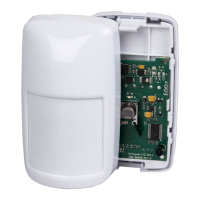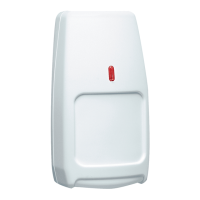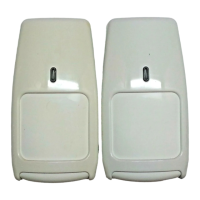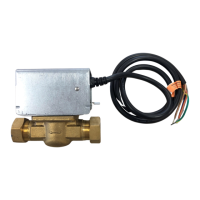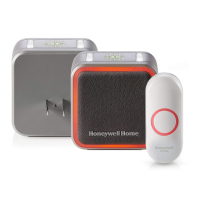- Observe proper polarity.
- If not using the integrated EOL resistors, set all switches to
OFF.
- If using the integrated EOL resistors:
1. Connect the sensor to the panel (see wiring diagrams
below).
2. Set the appropriate tamper, alarm and Anti-mask/ [RF]
DIP switches to ON (see Step 4 on page 2).
Notes:
- Consult the Control Panel manual to determine proper
EOL selection.
- The Alarm, Tamper and Trouble/anti-mask EOL
settings must each only have one switch ON.
- The EOL values should be set at the same time.
Wiring Examples
Alarm, Tamper and
Trouble/Anti-Mask
configured to one
loop.
Alarm, Tamper and
Trouble/Anti-Mask
configured to two
loops.
1. Close the sensor and apply power to the sensor. Initialization is
complete when the LED stops flashing slowly (about 20 seconds).
2. Walk through the detection area and observe the LED.
Walk test mode is active for 10 minutes, then automatically exits test mode,
disables the LED and enters normal operation mode. For an additional 10 minute
walk test, enable Walk Test mode again with the Flashlight feature (see the
following page.
RF = Anti-Mask EOL resistor
W1 = 1 and 2 loop connection resistor.
Note: During power up and walk
test modes the LED is active
regardless of the LED
Enable/Disable DIP switch setting.
LED
Power
Up
Walk Test
[10 min.]
Normal
Red
Slow
Blink
ON
Alarm
ON
Alarm
Fast
Blink
OFF
Yellow OFF OFF OFF OFF
Fast
Blink
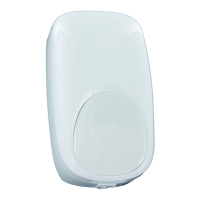
